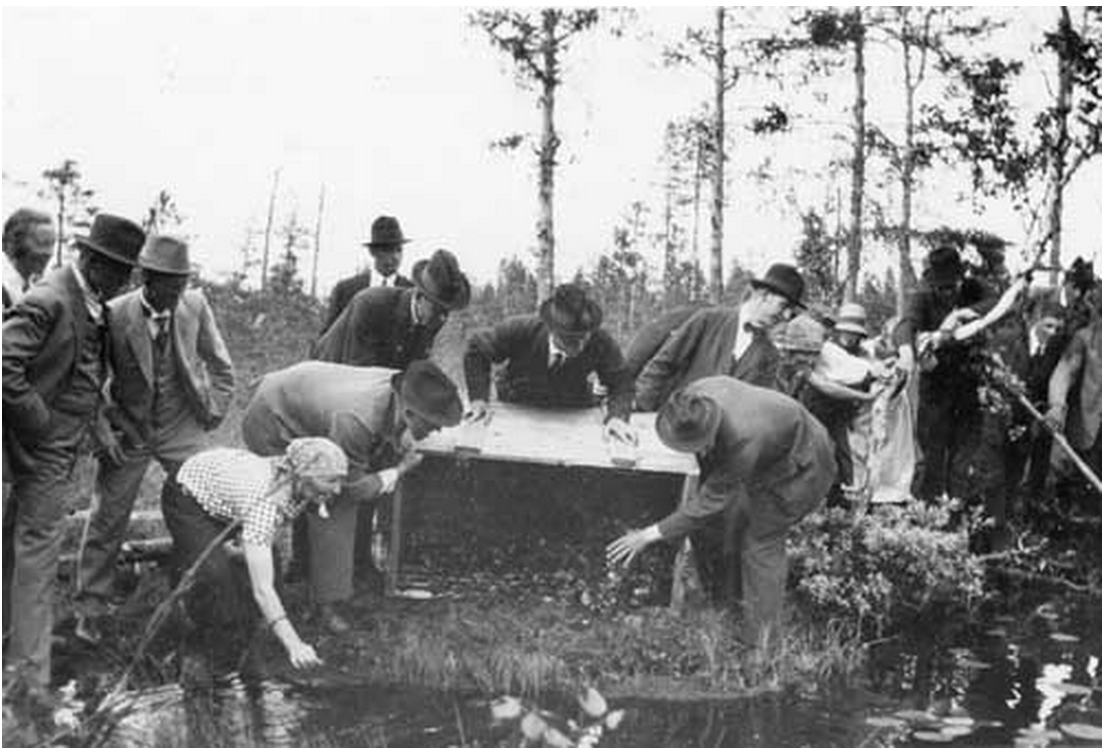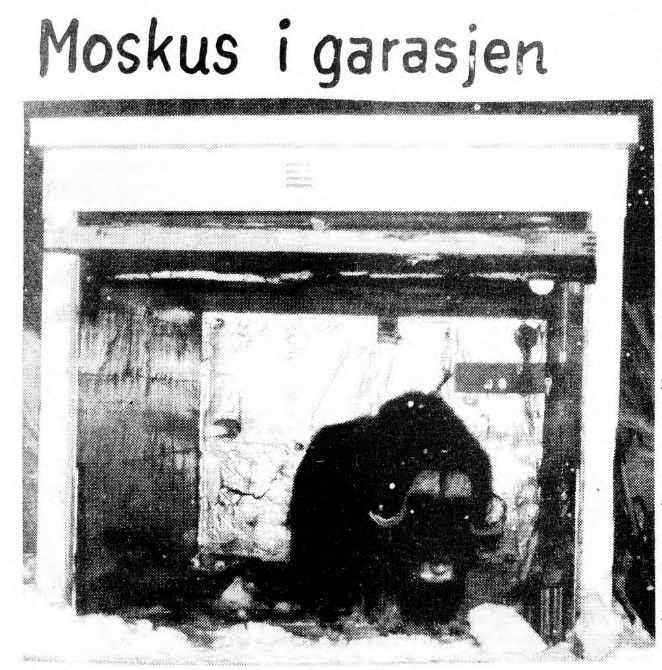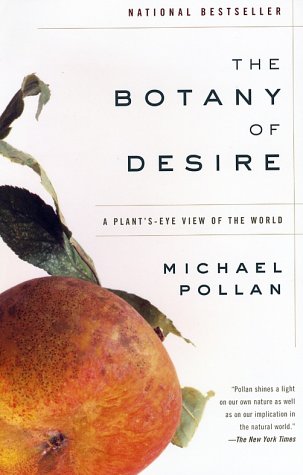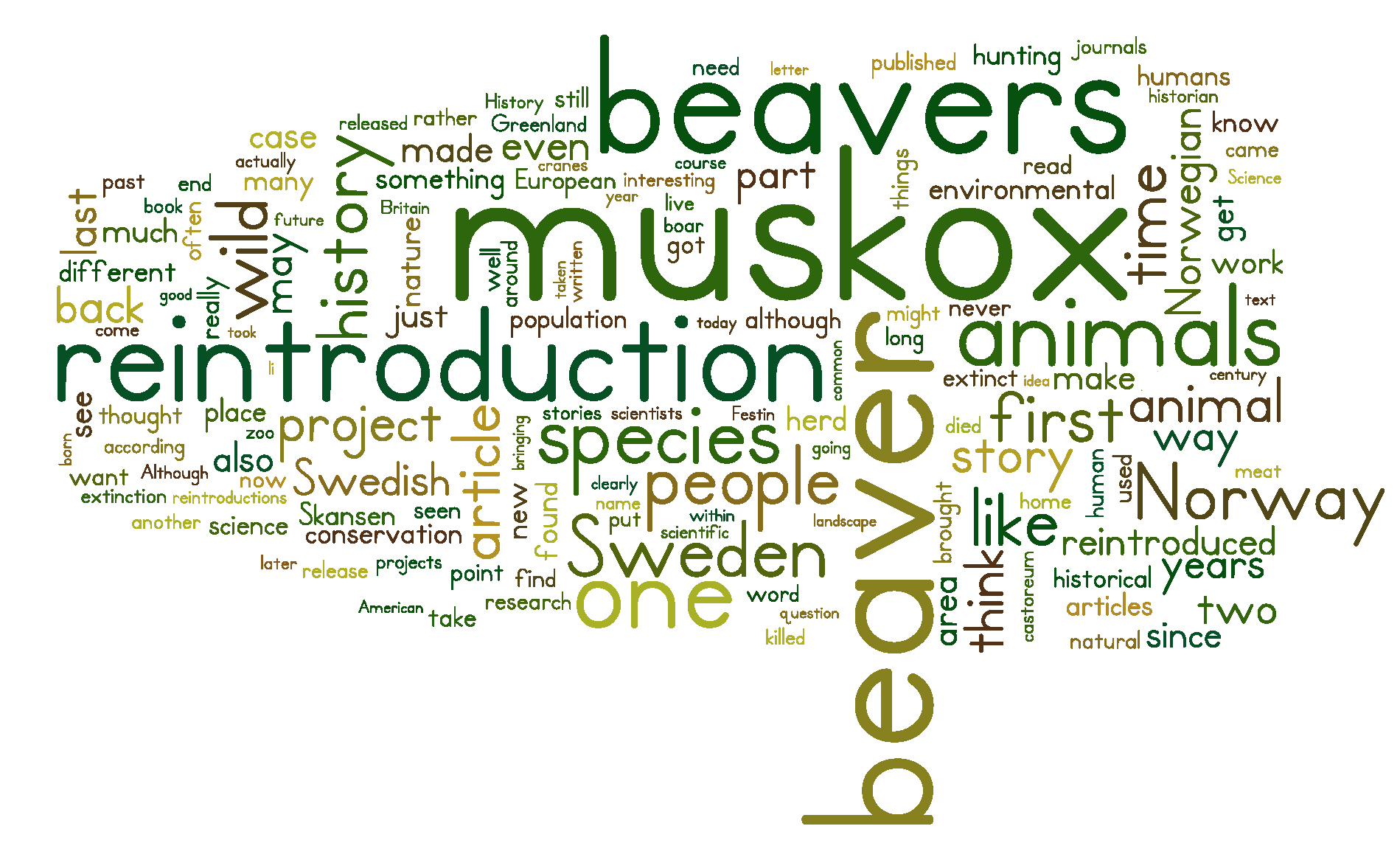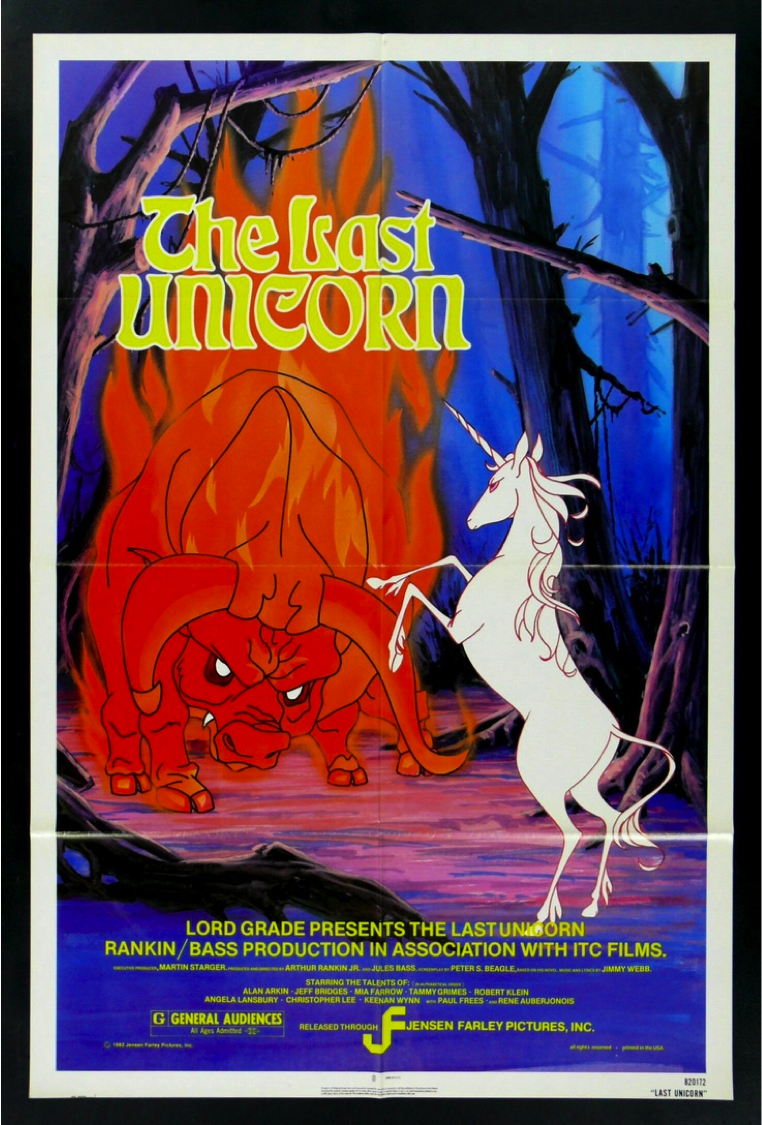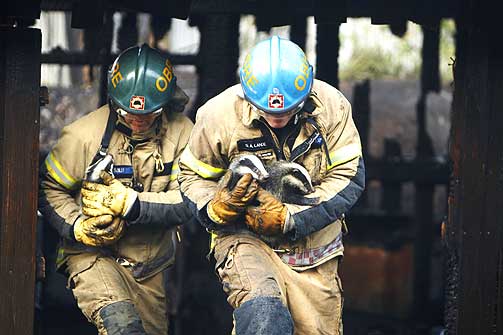
Burning badger babies
On a Sunday afternoon, 18 May 2008, a rope factory in the urban center of Oslo caught fire. Over a hundred people living in the area were evacuated because of the smoke. During work to suppress the blaze in a garage building, fireman Odd Arne Lande noticed a badger kit, which he grabbed before running out of oxygen. After the flames in the main area had come under control, Lande and fellow fireman Espen Solli reentered the building, which was still smoldering on the roof, and broke through the floorboards to expose the a den where more kits were huddling. The two rescued the youngsters, who according to Lande showed no fear of the men and a willingness to be taken out of the hole. The mother was nowhere to be seen. The two firemen were hailed as heroes of the day and all of the news outlets carried pictures of the men and the recovered badger babies.

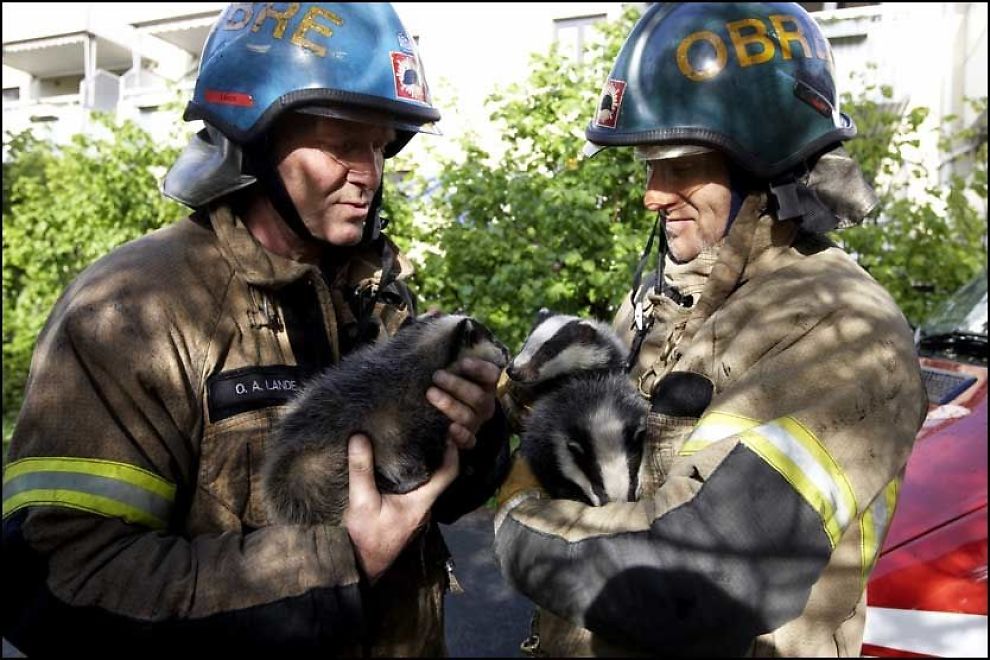
The jubilation was not to last. The following day, the firemen (and the news media) discovered that the badger kits had been euthanised. The firemen were furious! Lande told the national NRK service, “Our purpose is to rescue people, animals, and property. In that order. This feels completely pointless….We underlined when we turned in the animals that they must be treated well. We knew that this would be a media story and we hoped that it would bring forward people who could take care of them.” Solli felt betrayed: “I said clearly – in fact very clearly—that all possibilities had to be sought by those who accepted the badgers.”
The spokesman for the city of Oslo’s wildlife committee (“Viltnemda”) defended the decision: “We don’t have a system for rehabilitation of badgers. We did not have the capability to call around in the country to find something like that. From an animal welfare standpoint, they were euthanized….It was not so easy to contact organizations on a Sunday.” When the reporter asked why the committee couldn’t have waited until Monday or tried to contact a zoo, the answer was “We thought about waiting, but we didn’t have the possibility to do it.”
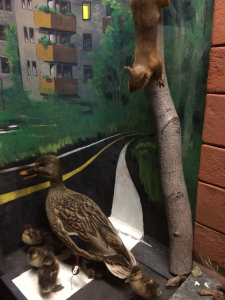
I used this story as part of a paper I presented last week at a workshop titled “Urbanizing Nature. The Transformation of City-Nature Relations 1500-2000” held in Antwerp, Belgium. My point was that the modern city is actually filled with wild animal inhabitants: squirrels, hedgehogs, pigeons, sparrows, frogs, and many more small critters live within the confines of European cities; it is their natural habitat. Although mice and rats received the most frequent negative response, particularly when they take up residence inside of human houses, many of the others are seen as desirable—indicators of an environmentally-friendly urban area.
Institutions of care for wildlife have been set up in Scandinavian cities. The city government of Oslo, for example, provides information on their website about who to call in case an injured bird or small mammal is found. It is the Viltnemda that is responsible for either finding treatment for the injured animal or ensuring that it is humanely euthanised, both of which are understood as ways to care for the animal.
Although the burning badger babies story did not have a good ending for the badgers, it shows how animals both live in our cities and are recognised as urban residents (thus the Viltnemda’s responsibilities to find care for them). When I presented my first oral version of “Rethinking rewilding” at a workshop in Cambridge, I modified the ending on the fly to show a film of birds singing in a Cambridge garden I had taken that day. My idea was to question the division between wildlife and humans that has been inherent in most of the rewilding proposals. Birds, badgers, and a myriad of other animals belong in many places, including the modern city.
